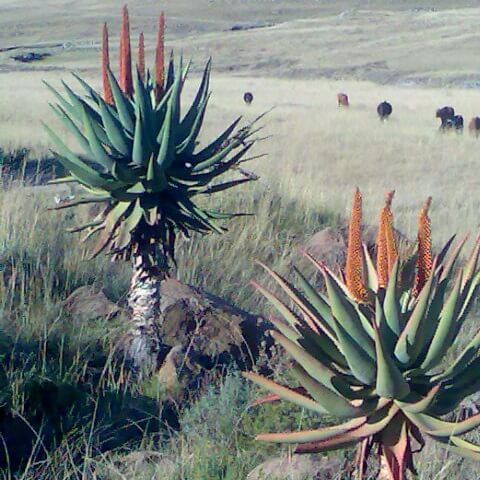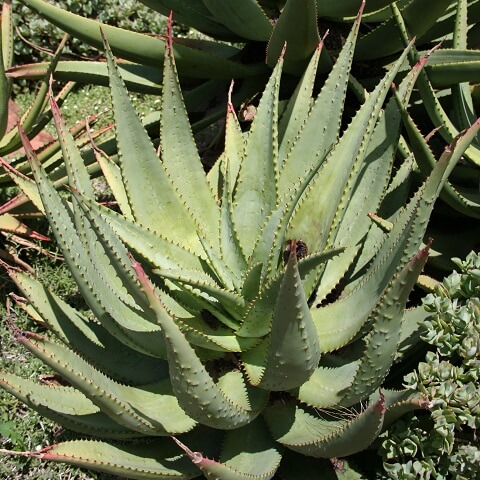Tips on Aloe Ferox farming and the benefits of using it
With plenty of uses for aloe ferox, these plants are in high demand. Aloe has health benefits and it’s also used in the cosmetics industry. Working with these plants is advantageous because they’re resistant to drought and can be grown in a wide range of soil types. Interested in aloe farming? Find durable equipment for sale on AgriMag.
Aloe vera and aloe ferox differences
|
Aloe ferox |
Aloe vera |
|
Farmed commercially in South Africa |
Some aloe very is planted in Limpopo |
|
A common local variation of aloe vera and is more nutrient rich than aloe vera |
Bitter aloin is situated throughout the leaf, which means it has to be removed using a chemical process |
|
Bitter aloin is situated just beneath its skin, so it’s easy to remove from the inner leaf |
Of the two, aloe vera is mostly most used for medicinal purposes |
|
Has significantly higher levels of aloin and amino acids |
The inner gel of aloe vera is much softer and translucent than that of aloe ferox |

Aloe characteristics
Aloe ferox is typically between 2m and 3m in height and it has a tough, woody stem. Other defining aspects of this plant are its strong root system, broad leaves, and distinctive orange-red flowers. Aloe ferox typically flowers between May and August.
Aloe farming tips
Aloe ferox originates from Swellendam and can be found in the Western and Eastern Cape as well as in KwaZulu-Natal. It also thrives in sections of the Free State. Aloe ferox is typically grown from cuttings. Aloe is a robust species which can grow in different types of soil and environments. Soil should be moderately fertile and good drainage is required. Aloe should not be planted in soil that is waterlogged or alkaline.

You’ll find aloe growing in mountainous, rocky, and flat environments. Its ability to adapt allows it to grow in both dry and wet rainfall areas. Aloe ferox is well-suited to warm climates with temperatures that range from 12°C to 21°C. High humidity is detrimental to these plants. While they are resistant to drought, better harvests are achieved by providing sufficient water during the summer months. Plants are harvested once they reach maturity since plants that are a few years old contain high amounts of the active ingredients.
Benefits and uses of aloe
The juicy gel that’s extracted from aloe is believed to have wound-healing properties and can be used for relief from sunburn. Other reported benefits of aloe include reducing itching and providing relief from insect stings. The gel contains antioxidants and vitamins. Another useful component of aloe is bradykinase, which helps to decrease inflammation. The bitter layer that contains aloin is reported to help with arthritis. Another use for aloe is in the production of cosmetics because of its moisturising properties. While there are many benefits that are claimed for aloe, it’s important to consult with a healthcare professional for medical advice and treatment.
With so many uses for aloe, it’s easy to see why these plants are so popular. Find reliable equipment for sale on AgriMag and get your aloe farm off to a great start.






Thank you for the information. I have lots of aloe in my area but I struggle with the market. May you please assist with potential buyers.